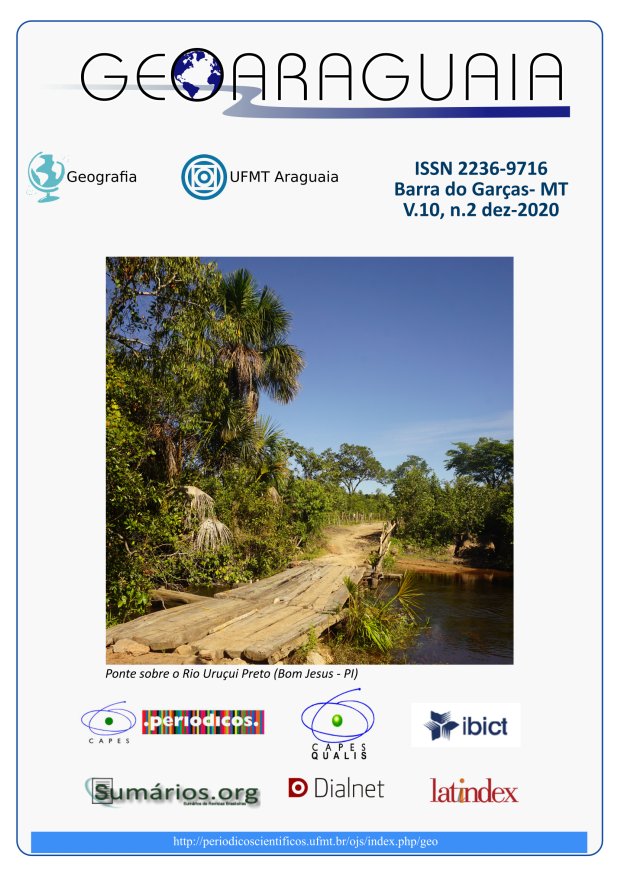APPLICATION OF REMOTE SENSING AND FRACTAL MODELING IN IDENTIFYING THE ALTERATION ZONES IN MUTEH COMPLEX- CENTRAL IRAN
Resumen
Muteh complex is located in the Northeast of the Golpayegan city and in the middle part of Sanandaj-Sirjan metamorphic complex. The host rock is mostly Schist and Gneisses, that are intruded and altered by younger granitic units. Gold mineralization is attributed to pyritic materials in host rock, that after leaching and destruction into Fe-hydroxides under the process of Alunitization, the gold related materials would be released and its grade in the altered rock units grows up. Three types of pyrite are present in the samples. The first generation of pyrite is parallel to the host rock schistosity. The second generation is perpendicular to the host rock schistosity and third generation is in fractures. Structurally high grade of the Au has accorded in places where conjugated faults with northwest to southeast trend are presents. The alteration type of area was identified by Spectral Angle Mapper(SAM) method and then have been classified by Number-Size(N-S) fractal method: also conjugate faults were extracted by using ETM+ satellite images and then classified by Concentration- Area fractal method. the most parts of alterated areas and gold mineralization related to these conjugated faults; XRD analysis, confirm the remote sensing method results and fire assay analysis is used for determining gold concentration in these areas.
Descargas
Publicado
Número
Sección
Cómo citar
Licencia
A Revista Geoaraguaia poderá solicitar alterações de ordem normativa, ortográfica e gramatical, com vistas a manter o padrão culto da língua. Se necessário, alguns ajustes normativos podem ser feitos pela revista, porém respeitando o estilo dos autores.
As provas finais não serão enviadas aos autores.
As opiniões emitidas pelos autores dos artigos são de sua exclusiva responsabilidade.





 A revista
A revista